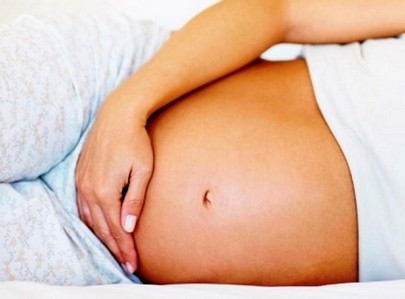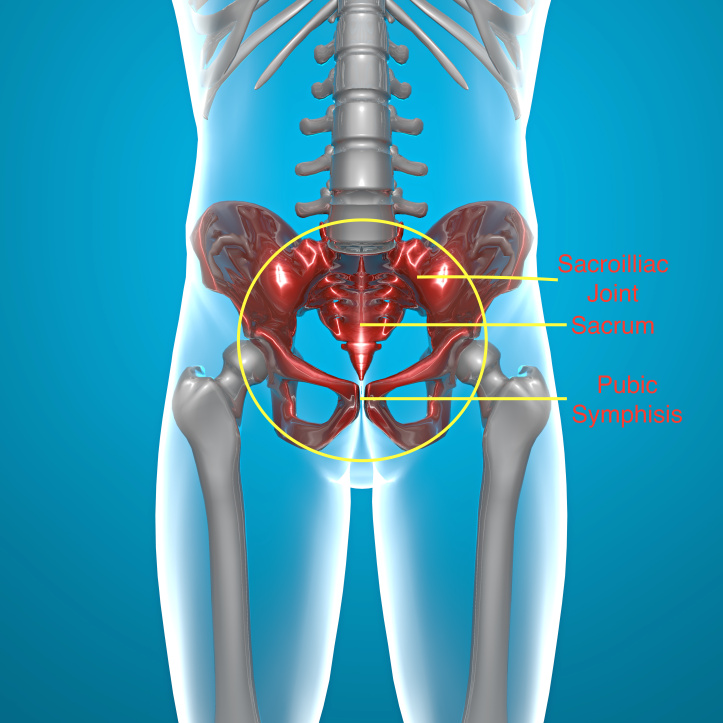Pubic Bone Pain During Pregnancy

Contents:
Pubic Pain During Pregnancy
Absolutely painless pregnancy is extremely rare, we can only congratulate these happy women. In the vast majority of cases, pains of different nature worry the future moms, and there are many different reasons.
Of course, if they are not frequent, not strong, appear from time to time, do not bother you too much, and are not accompanied by any other symptoms or pathologies, there’s nothing to worry about, everything is in order. It means that your body is slowly changing, getting ready for the birth of your baby, and keeping you on track of these changes.
Quite often, future moms complain that their pubic bones hurt during pregnancy, women do not know how to properly react to this kind of sensations. Let’s try to consider them in detail.
The Main Causes of Pubic Pain
The most common causes of pain in the area of the pubis in pregnancy are:
- Pressure of the presenting part of the fetus on pelvic bones;
- Lack of micro-elements (calcium, magnesium);
- Symphyseopathy;
- Pubic bone injuries (broken, bruised).
Pain that occurs when the fetus put pressure on the pelvic bones (and on the pubic bones) is a physiological condition during pregnancy. Most often such pain appears in late pregnancy when your baby is already large enough.
Symphysis During Pregnancy

Normally, the pubic symphysis is in a fixed position. Pregnancy may cause its softening and mobility. This condition is called symphyseopathy or symphysis. The main reason for this is the increased production of hormone relaxin and lack of calcium in the body.
Usually, symphysis does not appear before the second trimester. It is characterized by the following symptoms:
- The characteristic "duck" gait;
- Severe pain when pressing on the pubic bone;
- Pain in the pubic area, pelvis, tailbone;
- Increased pain associated with sudden movements or when climbing stairs;
- Inability to lift the straightened leg in lying position.
Symphysitis does not have any influence on the health of the child and the further development of the pregnancy. This pathology may only endanger the labor. If the symptoms of symphysis are pronounced, and the divergence of pubic bones is 10 mm and more, the question of caesarean section comes up. Vaginal delivery is possible only if the size of the fetus is small, there’s no anatomic narrowing of the pelvis, and the separation of pubic symphysis is very small.
This diagnosis is, of course, not what any expectant mother would like to hear, but it is also not the worst thing that can happen. Of course, in some cases, in the case of its active passing, you’ll have to undergo cesarean sections, but do not get upset, it's solely for your benefit. After all, you won’t be able to give birth naturally, and none of the doctors would be able to eliminate the risk of complications after the childbirth, it may even result in the loss of motor skills.
If you have pains in the pubic bone during pregnancy, and you are diagnosed with symphysis, it is likely that you will have to wear a special bandage and completely eliminate any physical activity to avoid deterioration. You will need plenty of rest, most of the time be in the supine position, sit for no longer than half an hour. Be sure to add calcium-containing foods in your diet, or even take it in its pure form, but the dosage should be assigned by a doctor. If the separation of bones is small, the fetus is not big, and the dimension of you pelvis is normal, then it is possible that you will be able to give birth naturally.
Video: What is Symphysis Pubis Dysfunction.